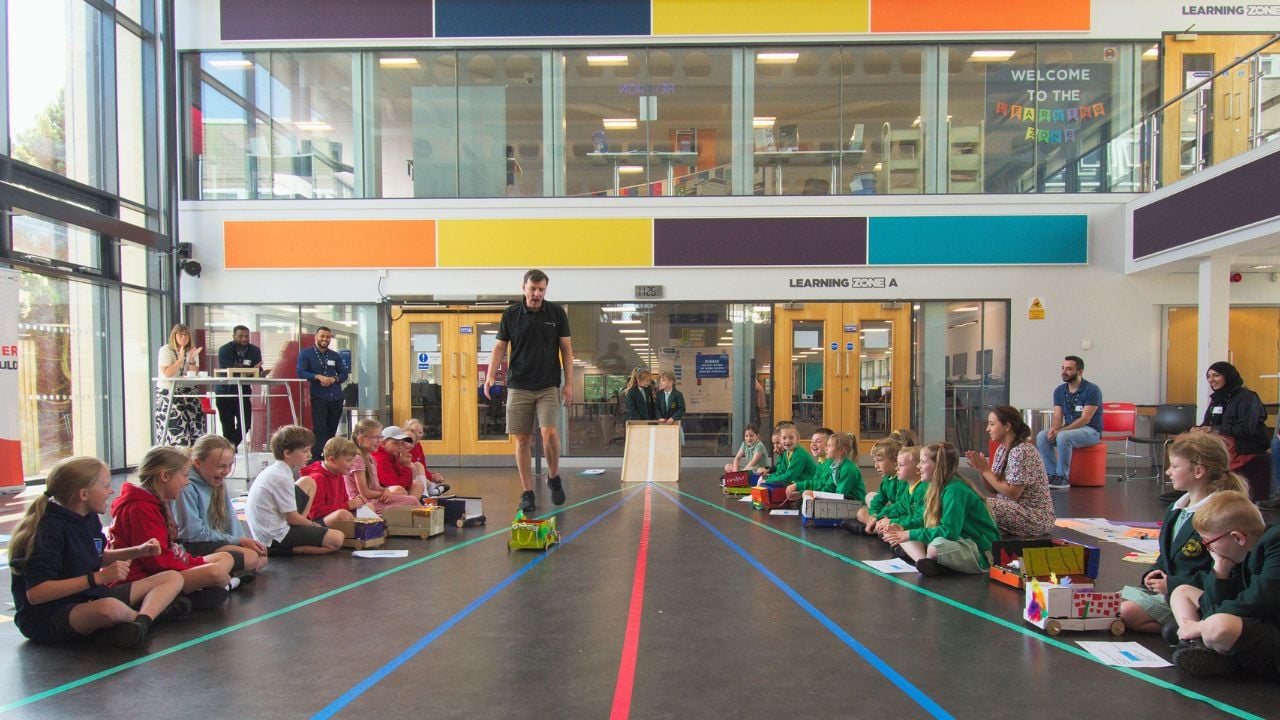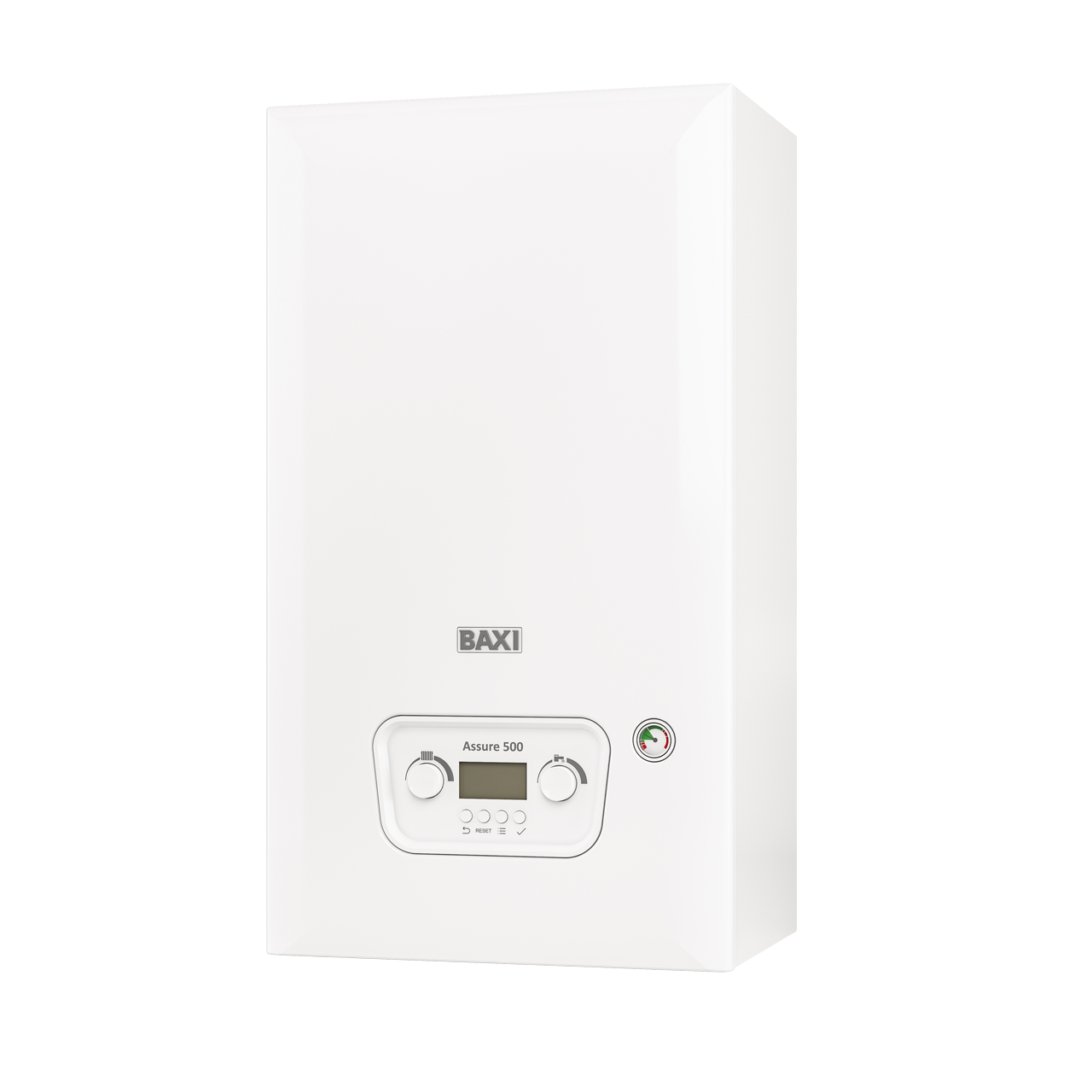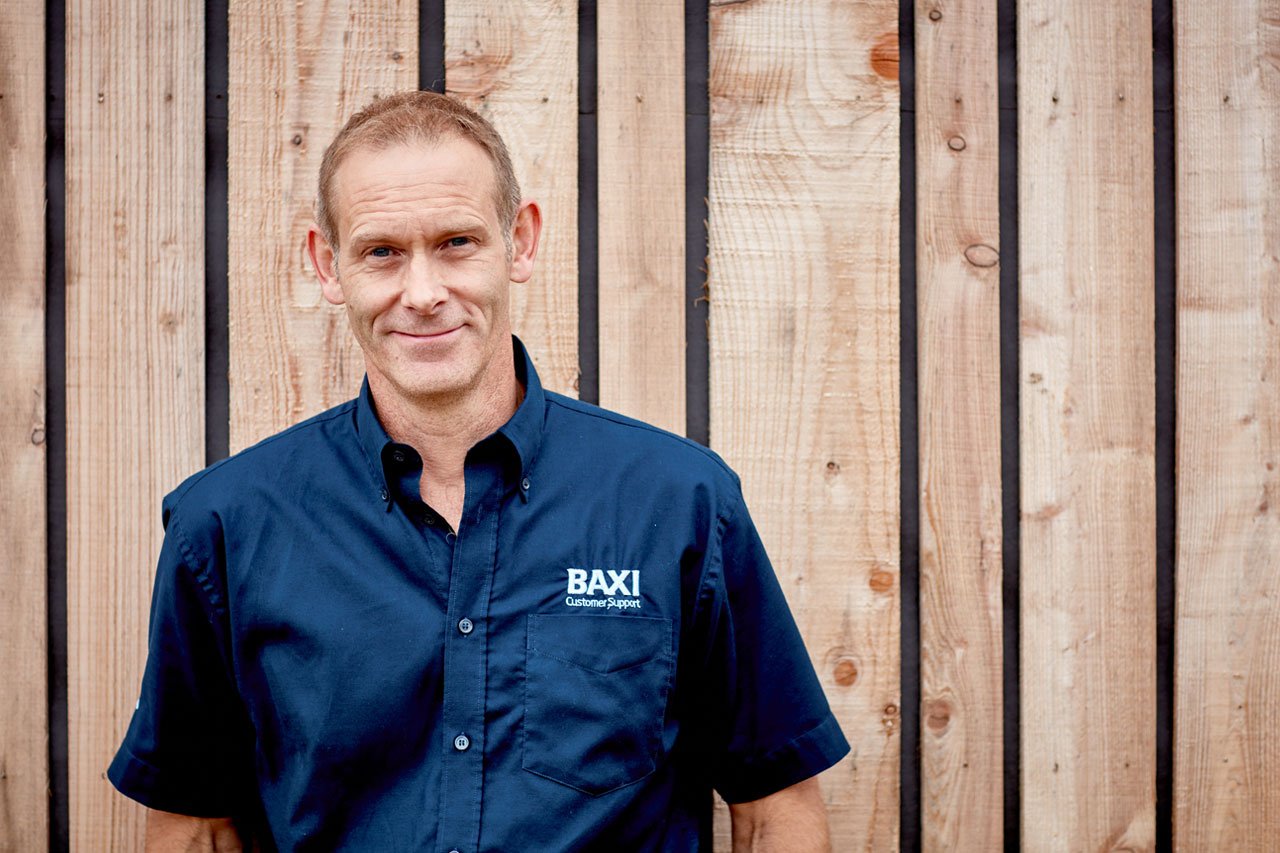Featured Article
Planning change makes installing heat pumps easier for installers and homeowners.

Baxi signs expanded three-year STEM education partnership with Primary Engineer
Baxi has expanded its partnership with purpose-driven, not-for-profit organisation Primary Engineer to bring STEM into the classroom and inspire the next generation of engineers.
01/09/2025
Latest News
Contact your local ASM
Get support and guidance on how to get started with Baxi!
Baxi Training
Discover our comprehensive range of courses and videos designed to enhance your skills and knowledge.




